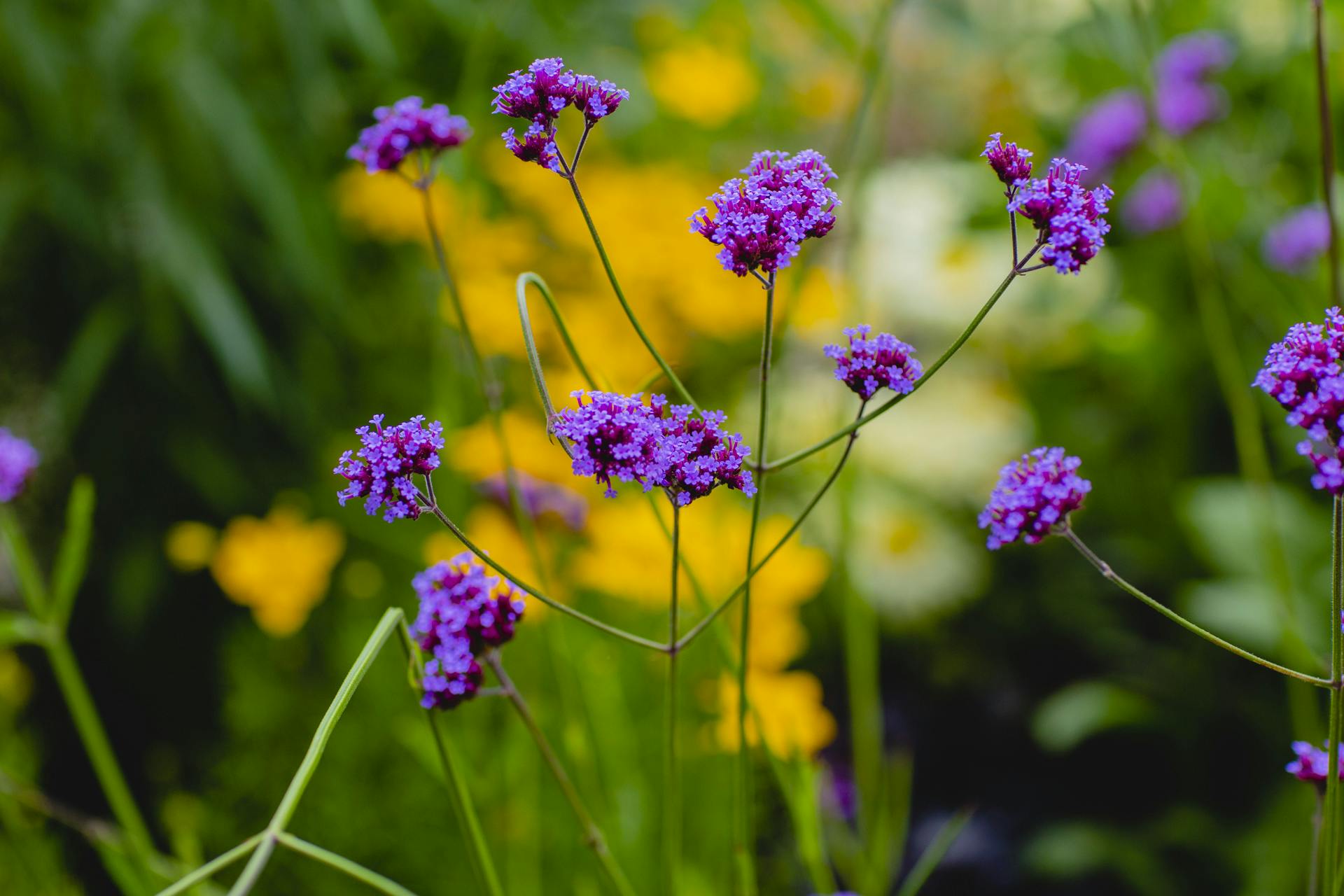Latest News
Creating a Contemplative Garden
Tuesday, 9 November, 2021 — A previously unloved area of Plymouth College of Art has been transformed into a contemplative garden with plants that can be used as natural dyes.
<p dir="ltr">A previously overlooked space behind the Charles Cross building, in our <a href="https://www.plymouthart.ac.uk/about-us/our-campus">city-centre Tavistock Place campus</a>, has been transformed into a Contemplative Garden and outside gallery for student work. If you find yourself sitting amongst the grasses and sculptures, look closely and you will notice planting with a purpose. </p>
<p dir="ltr">Sarah Hyatt, Head of Facilities has been instrumental in creating Plymouth College of Art’s first Contemplative Garden and a keen advocate for the ways that nature can nurture creativity.</p>
<p dir="ltr">“We thought it was important,” Sarah said, “to create a space that would capture and feed the imagination of our students and staff. When people sit in the garden, we want them to consider form, texture, and movement.”</p>
<p dir="ltr">“Accessibility for all of our community was also very important,” Sarah pointed out. “You’ll notice raised borders and easy access for wheelchair users. The Contemplative Garden is for everyone.”</p>
<p dir="ltr">The garden grew from collaborations between many different parts of Plymouth College of Art, making it a truly homegrown project. Grasses have been used for height to provide a natural barrier from the outside path and sculptures have been repurposed to punctuate the planting. Plant identification labels are being designed and produced in <a href="https://www.fablabplymouth.org/">Fab Lab Plymouth</a>. By learning to identify species, there are opportunities for students to learn how to forage for their own materials in nature.<br /></p>
“Even small actions, like the development of this space, connect you with the earth."
<p dir="ltr">“We wanted a garden that would be useful as an educational tool as well as a space to enjoy,'' explains Sustainability and Facilities Officer, Nicky Turvey. Weathered metal planters were chosen specifically to contrast with the natural forms of vegetation and mirror materials used throughout the college. Benches and planting were from local firm <a href="https://plymouthmanforallseasons.co.uk/">Man for all Seasons</a>, who say they have already received “so much positive feedback from staff, students and the passing public.”</p>
<p dir="ltr">“We also wanted to give the chance for some commonly overlooked plants to shine. Weeds are beautiful and valuable in their own right!” Nicky said. </p>
<p dir="ltr">Many of the plants were included because of their dual use as natural dyes. The delicate yellow flowers of Woad have been used as far back as Ancient Egypt to produce indigo. Madder produces a vibrant red hue. From the same family come Rudbeckia flowers, which can give natural fabrics anything from a golden hue through to a smokey grey-green. You will also find Dahlias, Feverfew and Dyers Chamomile amongst others.</p>
<p dir="ltr">“Using these natural resources is a completely different experience to the predictable results you get using commercial chemical dyes,” explained Textile Technician Ellie Thompson. “You are reminded that the time of year, soil composition and the age of the plant can give you different results. This lack of consistency is what makes using natural dyes so fascinating.<br /></p>
The garden has become home to a number of outdoor sculptures created by students and alumni.
<p dir="ltr">Although in its early stages, with some plants still waiting to mature, the garden has already been used by <a href="https://www.plymouthart.ac.uk/courses/undergraduate/ba-hons-textile-design">BA (Hons) Textile Design</a> Lecturer, Charlotte Warren, to show students how they can make use of what already exists by leading shadow drawing classes.</p>
<p dir="ltr">The garden is a long-term project that will grow over time, creating a sustainable resource of natural dyes that can be harvested at different times in each plant's life-cycle. Many of the flowers only reach their full potential after a few years. It is an approach that is markedly different to the fast, disposable, fashion we have become accustomed to, “Even small actions, like the development of this space, connect you with the earth,” said Ellie.<br /></p>
New planting has already attracted a range of pollinating insects.
<p dir="ltr">Sarah Hyatt has already seen the increase of biodiversity, “We knew that we wanted to use plants that encourage pollinating insects and bees. This year for the first time I have noticed butterflies in the external spaces. It's great to see by just planting a small patch how quickly they return. “</p>
<p dir="ltr">The plans to revitalise spaces are continuing and Nicky Turvey already has her eye on the next potential project, creating a subtropical sculpture garden at the front of the college’s Tavistock Place campus. “I want to use spiky succulents,” Nicky said, “which could look amazing next to the weathered steel.”</p>
